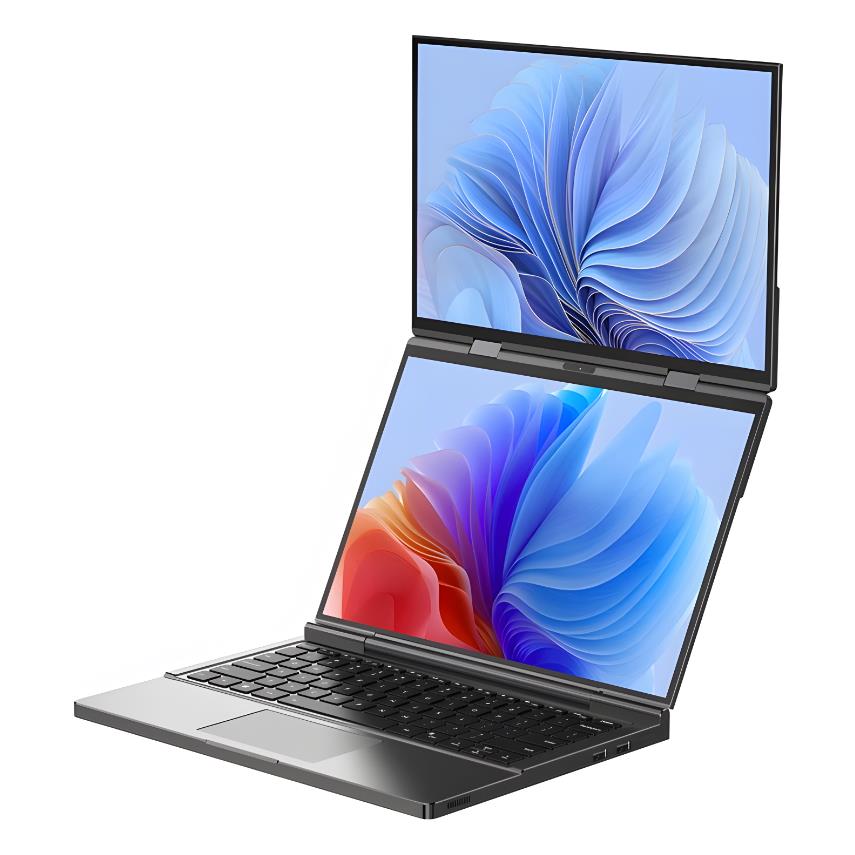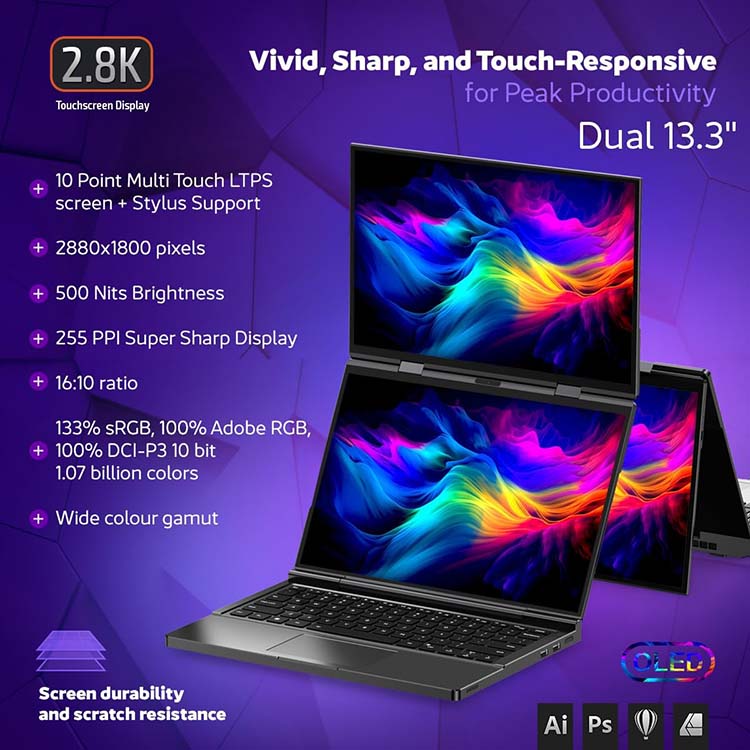- Select Language
One Device, Dual Functions – A Projector and a Com...
There are numerous types of portable external monitors available on the market. Let's start by examining their appearance and structure to see what the mainstream models look like and what scenarios they are suitable for. Currently, the mainstream portable external monitors primarily come in five structural types: square-type, L-type, R-type, external stand-type, and multi-screen-type. Below are the characteristics of these different structural designs:

(1) Square-type
This structure is the mainstream design for entry-level models. It typically has a thinner top and a thicker bottom, and comes with a leather case for protection. The adjustable angle of the leather case is usually relatively limited. Sometimes the display screen may slip out of the leather case. Since the display board and screen are fixed together, the display screen may be damaged due to overheating.
(2) L-type
Expansion screens with this structure allow for adjustable screen angles ranging from 0 to 90 degrees. When inverted, users can comfortably use the expansion screen for learning and work, similar to reading a book. This structure is more suitable for business professionals and students.
(3) R-type
The structural feature of the R-type extended screen is a stand extending from the back of the screen, allowing the screen angle to be adjusted between 0 and 45 degrees. This portable extended screen is relatively stable in portrait mode. Additionally, since the PCB mainboard is located on the stand, the structure where the mainboard is separated from the LCD display reduces the risk of mainboard overheating, thereby preventing screen damage.
(4) External Stand Type
Currently, portable extended screens with external stands primarily use external clips or magnetic stands for fixation, but the available models and styles are relatively limited.

(5) Multi-screen type
The main feature of this structure is that it has multiple screens, typically two to three. Some multi-screen models power and transmit data to the screens on both sides via cables connected to the central PCB board. Other multi-screen models require two separate cables to connect the screens on both sides, while the central stand only serves to suspend the extended screen on the laptop.